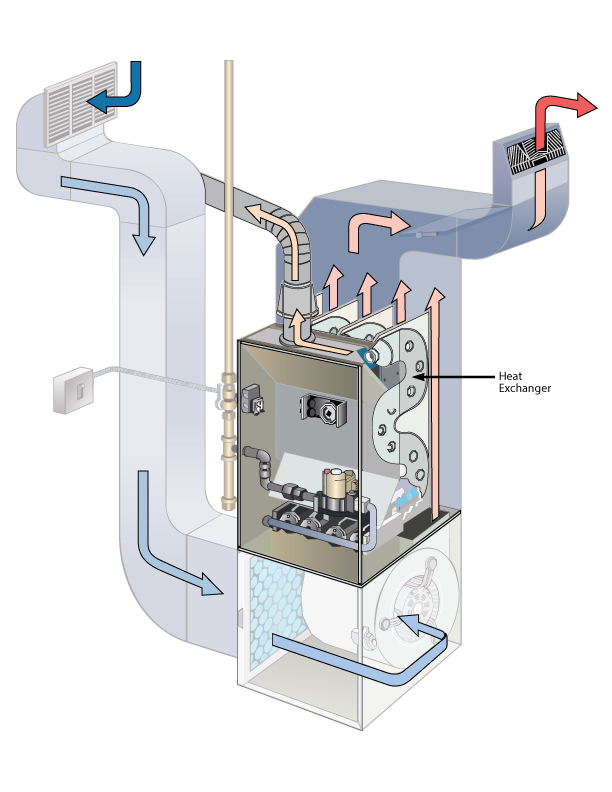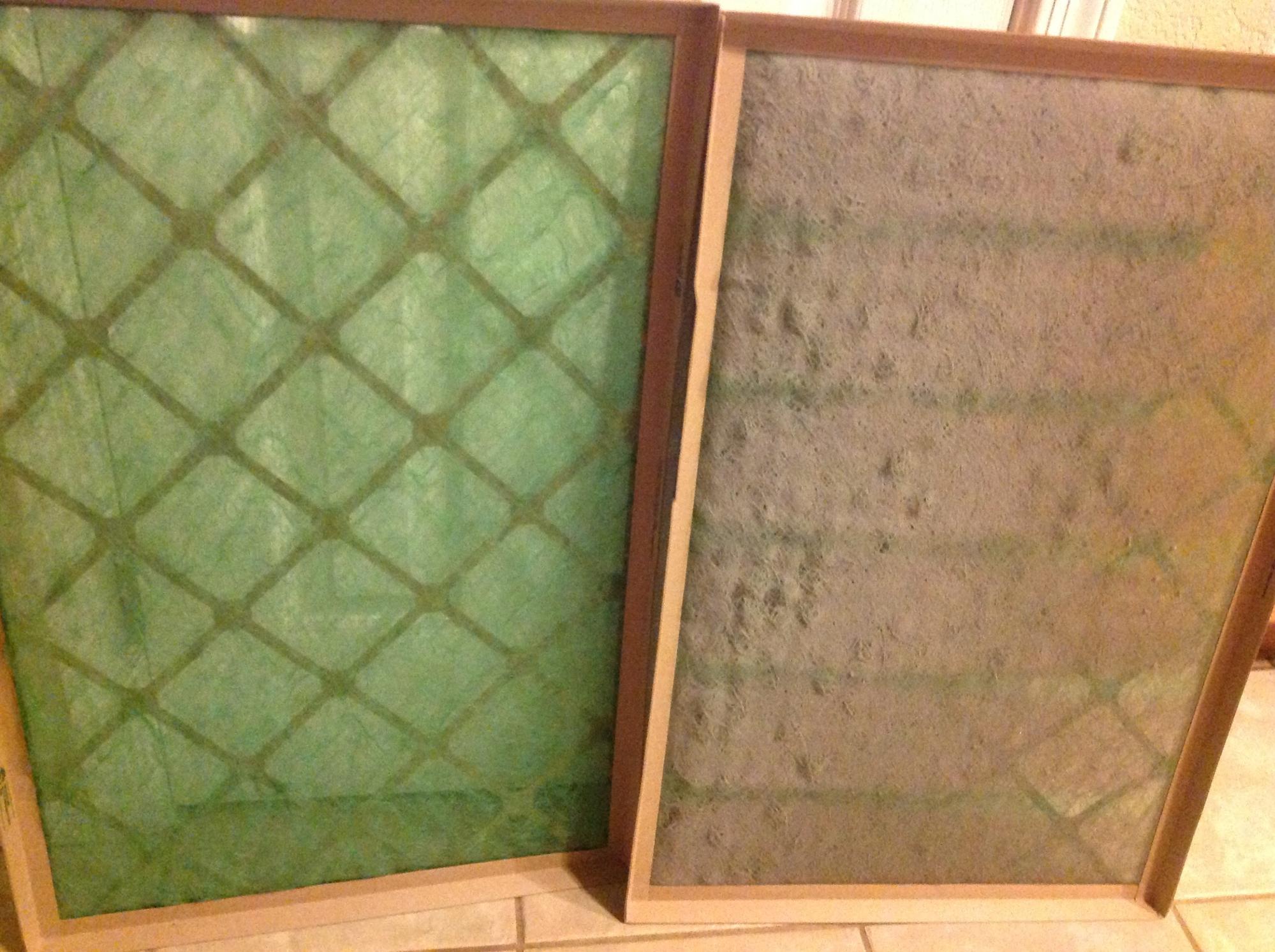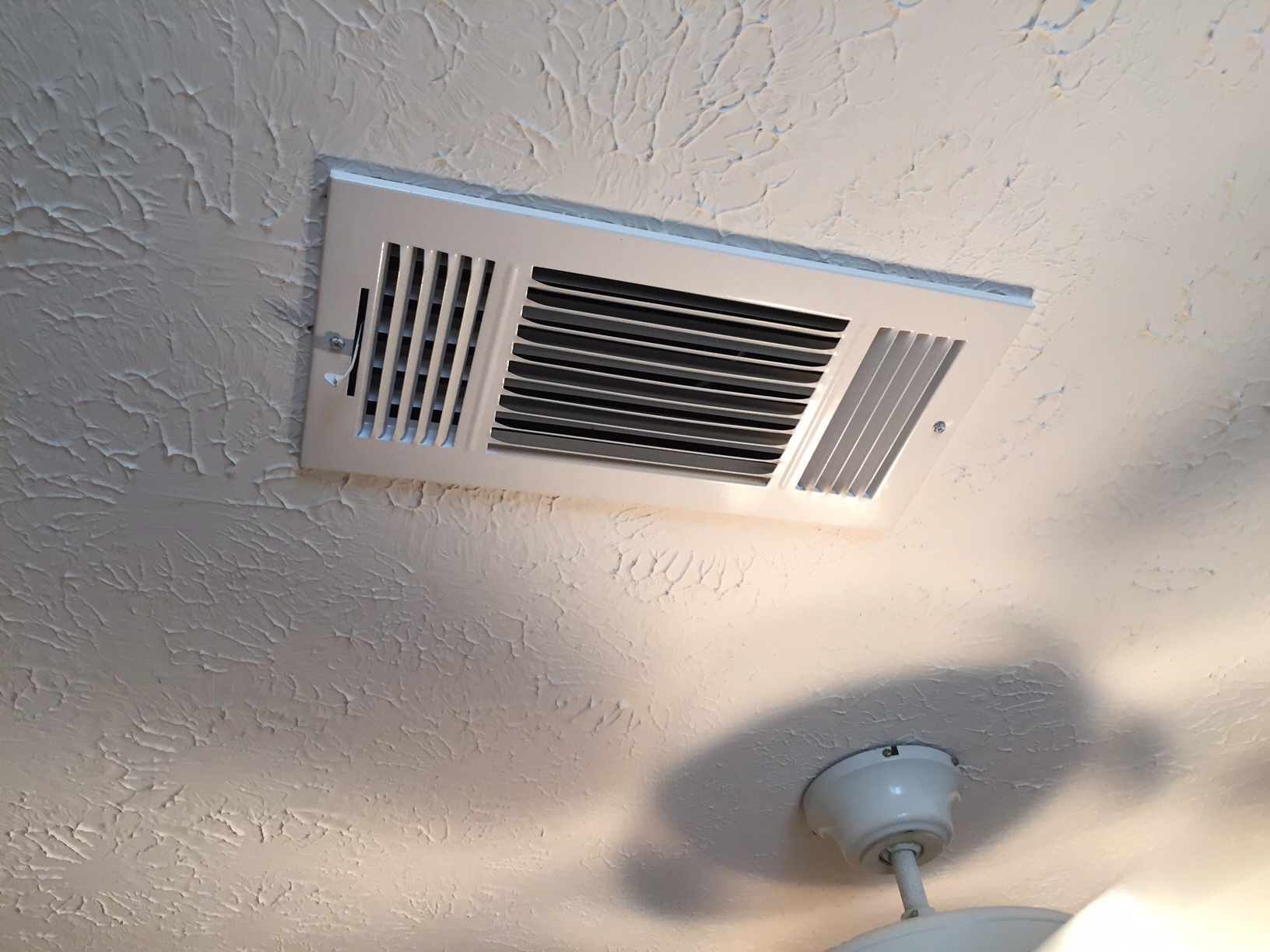Why Does My Furnace Cycle On & Off Frequently? A NJ Tech Answers
November 11, 2024

The answer? Well, it depends.
Did the furnace eventually shut off for good? Or does it continue the on-then-off cycle over and over?
- If the furnace quickly cycled on then off a few times before shutting off for good, you likely have some kind of airflow issue.
- If the furnace continues the on-then-off process without ever shutting off for good, your furnace is “short-cycling”.
We’ll explain both problems below.
If your furnace eventually shut off for good…
...you most likely have an airflow issue.
You see, your furnace needs a steady flow of cold air passing over the heat exchanger (the part that heats the air) when it’s running. If it can’t pull in enough cold air, the heat exchanger will just get hotter and hotter. Eventually, the limit switch (a safety feature that prevents overheating) shuts the furnace down to protect the heat exchanger from damage.
Where the heat exchanger is located in your furnace.
Most newer furnaces will automatically try to restart 3 or 4 times after the limit switch shuts the furnace down. But if the problem persists each time, the system will eventually shut down for good.
A number of issues can cause airflow issues:
- A dirty air filter
- Closed supply air vents
- Clogged/blocked air intake and/or exhaust pipes
- Blocked exhaust/air intake pipes
Follow the troubleshooting tips below to restore your heat.
Note: Once you’ve completed the troubleshooting steps, you’ll need to reset your limit switch. If you’re not sure where the limit switch is or how to reset it, don’t attempt this step (or the steps below). Leave it to a professional HVAC technician.
1. Check for a dirty air filter. If your filter looks like the one below (to the right), replace it for a clean one immediately. Even a thin layer of dirt/dust on your filter can dramatically reduce the amount of cold air your furnace pulls in. And without cold airflow, your heat exchanger will continue to heat up until the limit switch shuts the furnace off.
Related: How Often Should I Change My Furnace Filter?

Clean vs dirty air filter
2. Make sure every supply air vent is open. Your furnace pushes heated air out of your home’s supply vents (see below).

Your home’s supply vents push out hot air and should always be open.
If these vents are closed (yes, even just one), hot air accumulates in your ductwork. As air builds inside the ducts, it creates resistance and slows down your blower. And because your blower simultaneously pushes hot air out and pulls cold air in, the extra resistance means less cold air over the heat exchanger. Less cold air over the heat exchanger will eventually trigger the limit switch to shut off the furnace.
Note: Some newer furnaces have blower motors that will blow harder if it senses extra pressure in the ductwork. If your furnace has “ECM” or “variable-speed” technology, closing supply vents may not lead to furnace overheating but it will increase your energy bills. That said, we always suggest leaving your vents open, no matter your furnace model.
3. Make sure the “air intake” pipe isn’t clogged. Your furnace uses the air intake pipe to pull cold, outside air into the furnace. That air is then heated by the heat exchanger and pushed into your home. If the intake pipe is clogged/blocked, the heat exchanger will get too hot and the limit switch will eventually shut down the furnace to prevent overheating.
To locate your furnace’s air intake vent, start at your furnace. Look for the two white, PVC pipes that connect to your furnace. Follow those pipes to see where they exit your home.
If the pipes exit at the side of the home, go outside and check that neither pipe opening is obstructed by debris (snow, bird nests, leaves, etc.).
If the pipes exit via the roof, have a professional inspect and clear the pipes.
If the furnace continues to cycle on/off, without ever shutting off for good….
...your furnace is “short-cycling”—and that’s an expensive problem that you’ll need a professional to fix.
Short-cycling causes:
- Higher monthly energy bills
- Frequent, expensive repairs
- Shortened furnace lifespan
So what’s causing your furnace to short-cycle?
Well, it could be a number of problems, including:
- An oversized furnace
If your furnace has always short-cycled, you likely have a furnace that’s too big for your home. That means it’s heating your home very quickly and then shutting off. The best solution for an oversized furnace is to have a professional perform a load calculation and replace the oversized unit with one that is sized correctly for your home.
- Thermostat issues
If your thermostat is malfunctioning, it might be asking your furnace to turn on and off more frequently than it should be. You’ll want to have a professional check the thermostat wiring to see if it needs to be replaced.
There are a number of reasons furnaces short-cycle. If you’ve determined that you don’t have an oversized furnace or thermostat issues, contact a professional to diagnose and fix your furnace.
